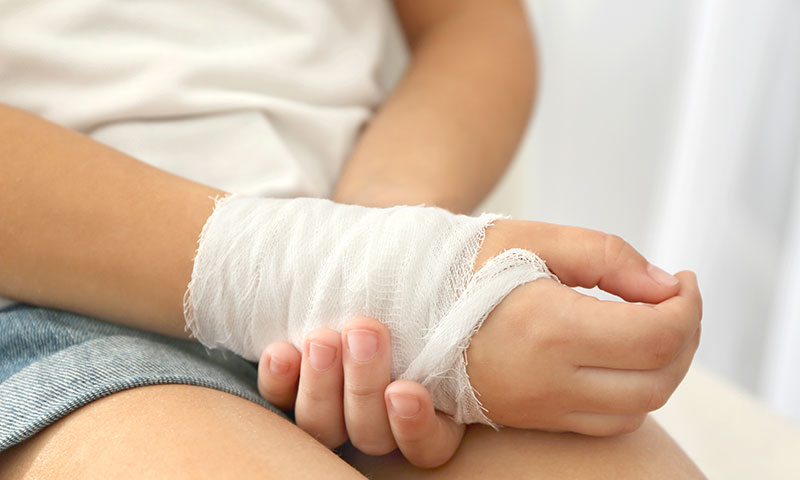
Hand injuries are very common; they can happen to anyone whether they’re an athlete, worker or just someone at home. Many don’t get treatment and try to handle them on their own. It’s very important to get medical attention as soon as the injury happens. Not getting proper treatment can lead to disability and other issues. Among all La Jolla hand injuries, there are a few that seem to pop up more than others.
Table of Contents
Types And Symptoms
There are sections that hand injuries can be divided into like cuts, fractures or dislocations, soft tissue, infections, and blunt trauma. Some symptoms are common among hand injuries, while others are unique to each type of injury. Similar symptoms can be numbness, weakness, loss of range of motion, tenderness, and pain. When there is a cut, symptoms like bleeding and blood loss also come into play in terms of treatment. Fractures can be seen with deformities. For infections, there might be the presence of fever and redness. Either way, it is crucial that a doctor checks the hand out before long term conditions set in.
Sprains
Hand sprains come from an injury to the ligaments, tendons, and muscles. The fingers can also be involved. There are three degrees of sprains: the first degree is only a strain with a second degree meaning just a small tear and the third degree is a full tear. To treat at home, try over the counter pain relief and ice before seeing a doctor. Also, the elevation of the hand may help. A doctor may see the need for a splint or bandage around the hand or fingers. If it is a more serious injury, then surgery may be done.
Fractures And Dislocations
Fractures can be just a crack or more serious break where the pieces are not fitting together; these injuries can be treated with a splint. Surgery can reset the bone if it is severely broken. For a dislocation, the bone needs to be put back into position. A splint will help in keeping it stable during healing. With a dislocation, surgery may be needed based on the angle as well as the severity.

Cuts
The first thing to do with a cut of the hand is to stop the bleeding; this can be done by applying pressure to selected places along the wound. Also, remove any jewelry like rings that could get in the way of cleaning and treating the cut itself; the wound needs to be cleaned and bandaged if the cut isn’t too serious. Ice can help with swelling and over the counter pain relievers will help with pain management. If a finger or hand or even part of it has been amputated, put it in a plastic bag with ice and carry it along to the hospital.
Infections
Wounds can become infected. Clean all wounds with soap and water to reduce the chance of problems. If someone feels there is an infection starting, then seek medical help immediately. The doctor can prescribe antibiotics that will help with this problem. The medication works to kill specific germs that otherwise build up in the bloodstream to create dangerous problems. If not caught in time, the lack of attention could lead to deformities as well as total or partial amputation of affected areas.






